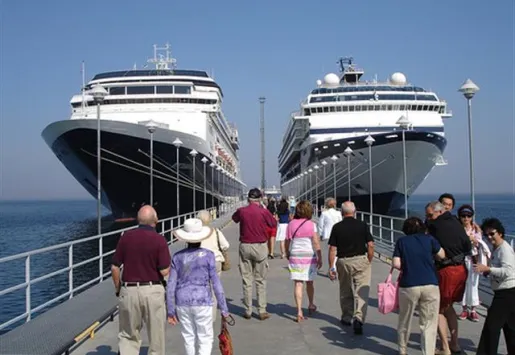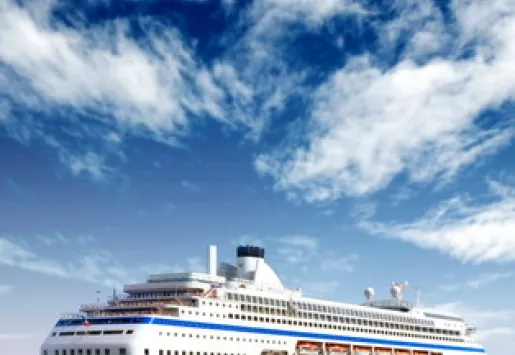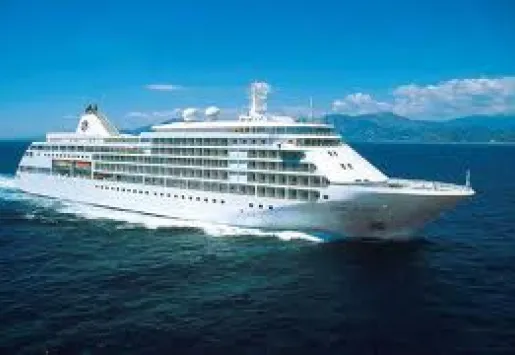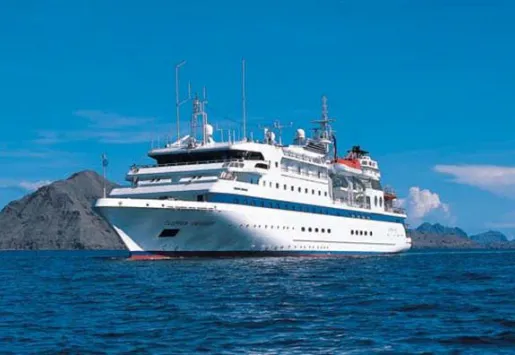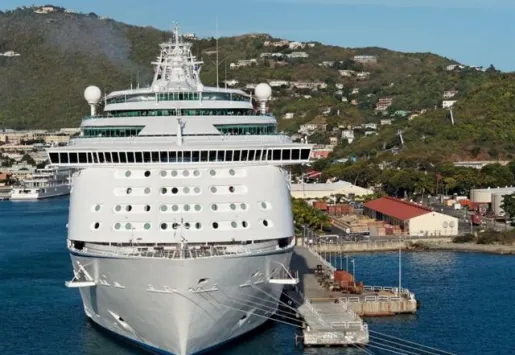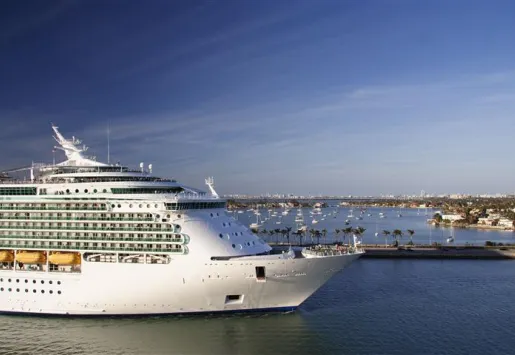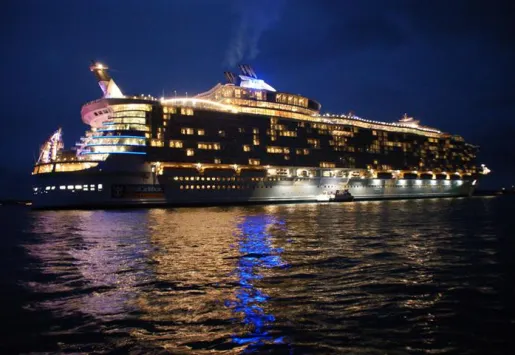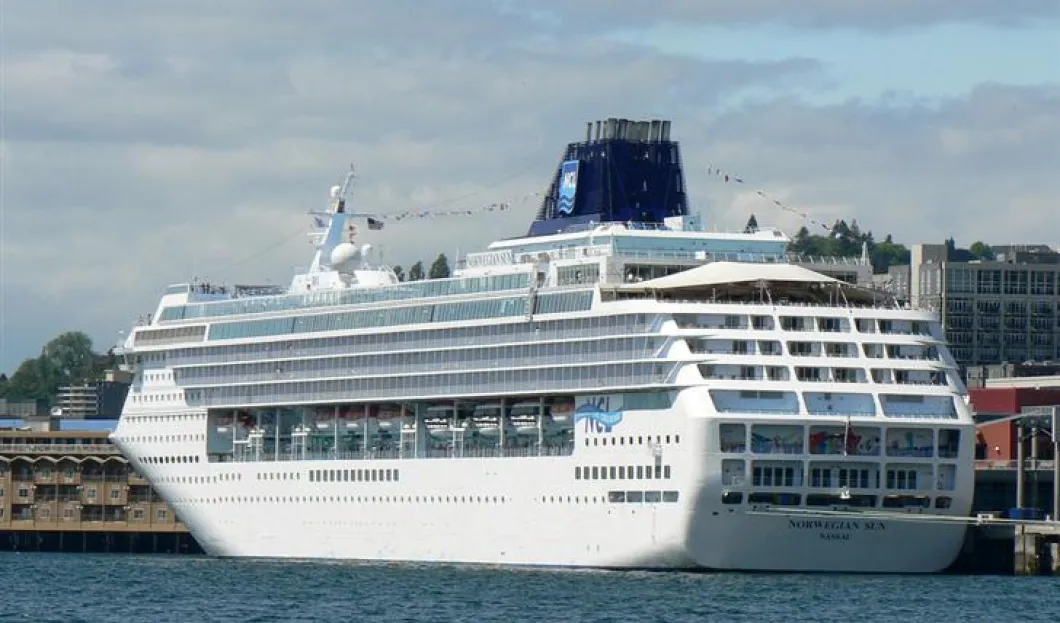
The cruise industry has been undergoing a huge number of changes. The changes include pricing, locations, kind of customers and the general image of this type of tourism.
The classic image of a massive cruise ship, equipped with swimming pools, with passengers sunbathing on the decks and the average age of passengers being somewhere near pension age is becoming a matter of the past. The industry is changing: boats are getting smaller, passengers are getting younger, the destinations are becoming more unusual and passengers now decide where to get on and where to get off.
The Niche Cruise Marketing Alliance recently announced that the number of beds available on cruise ships worldwide is steadily rising. In 2005, the figure was around 200,000, however, it is expected to reach a half-million by 2010. However, these beds are not likely to be on a few giant vessels in the Caribbean but are more likely to be spread over a number of vessels much smaller in size. Basically, cruise ships are being slowly replaced by yachts. The great advantage of this is that passengers now have more freedom and can get off wherever they wish. The downside is that, with fewer passengers, prices must go up and bargain cruise offers slowly disappear.
The average age of passengers is also going down, as younger people, especially from China, are beginning to go on cruises too. China has emerged as a new opportunity in the world of cruising. It has now been established as a large market for the first time ever. The variety of destination is also changing. Cruises used to be centered round the Mediterranean and Caribbean but nowadays even places like Antarctica welcome such tourism. The world’s grimmest continent has seen a 23% rise in its cruise tourism recently, though still accounts for only 3% of the market.





